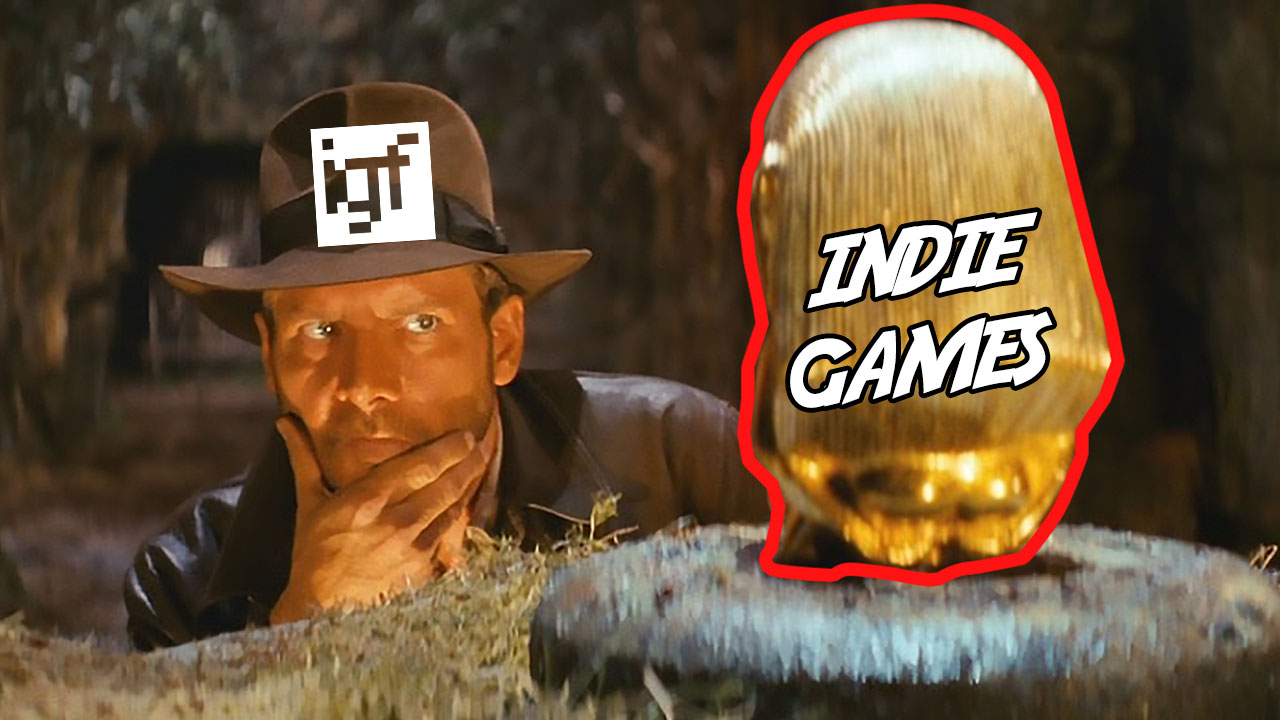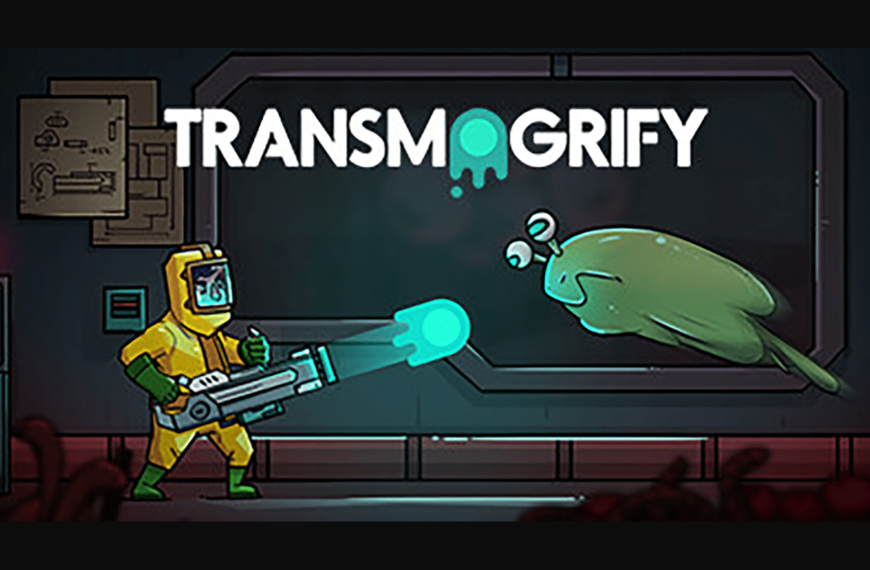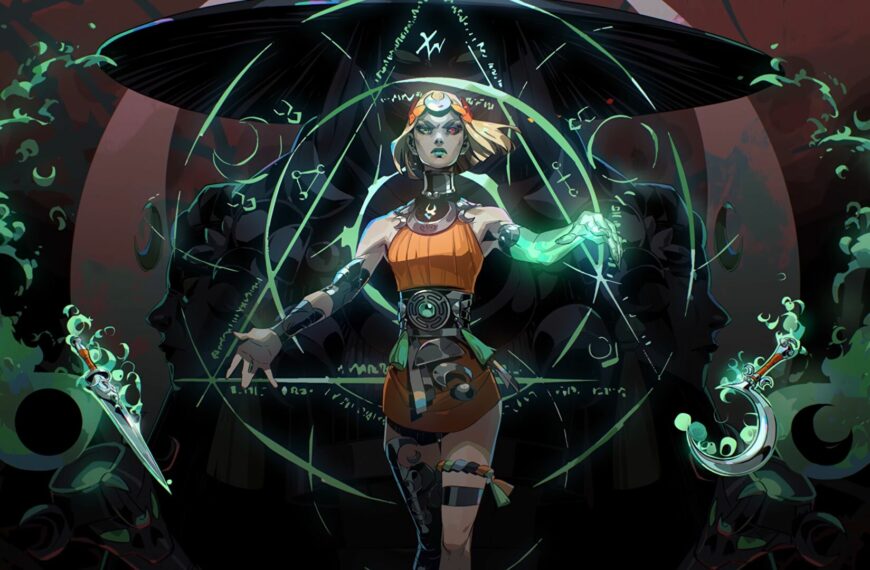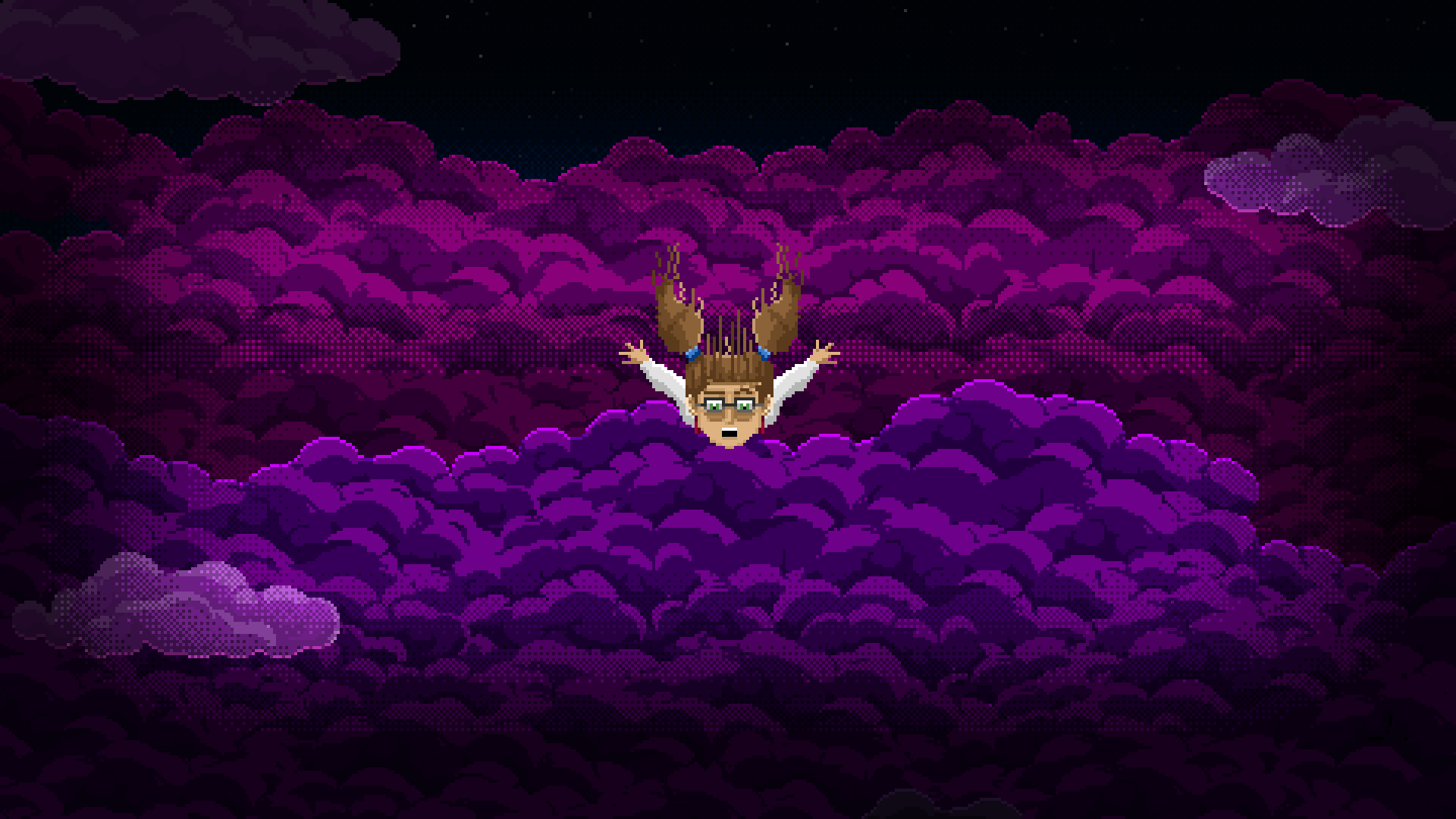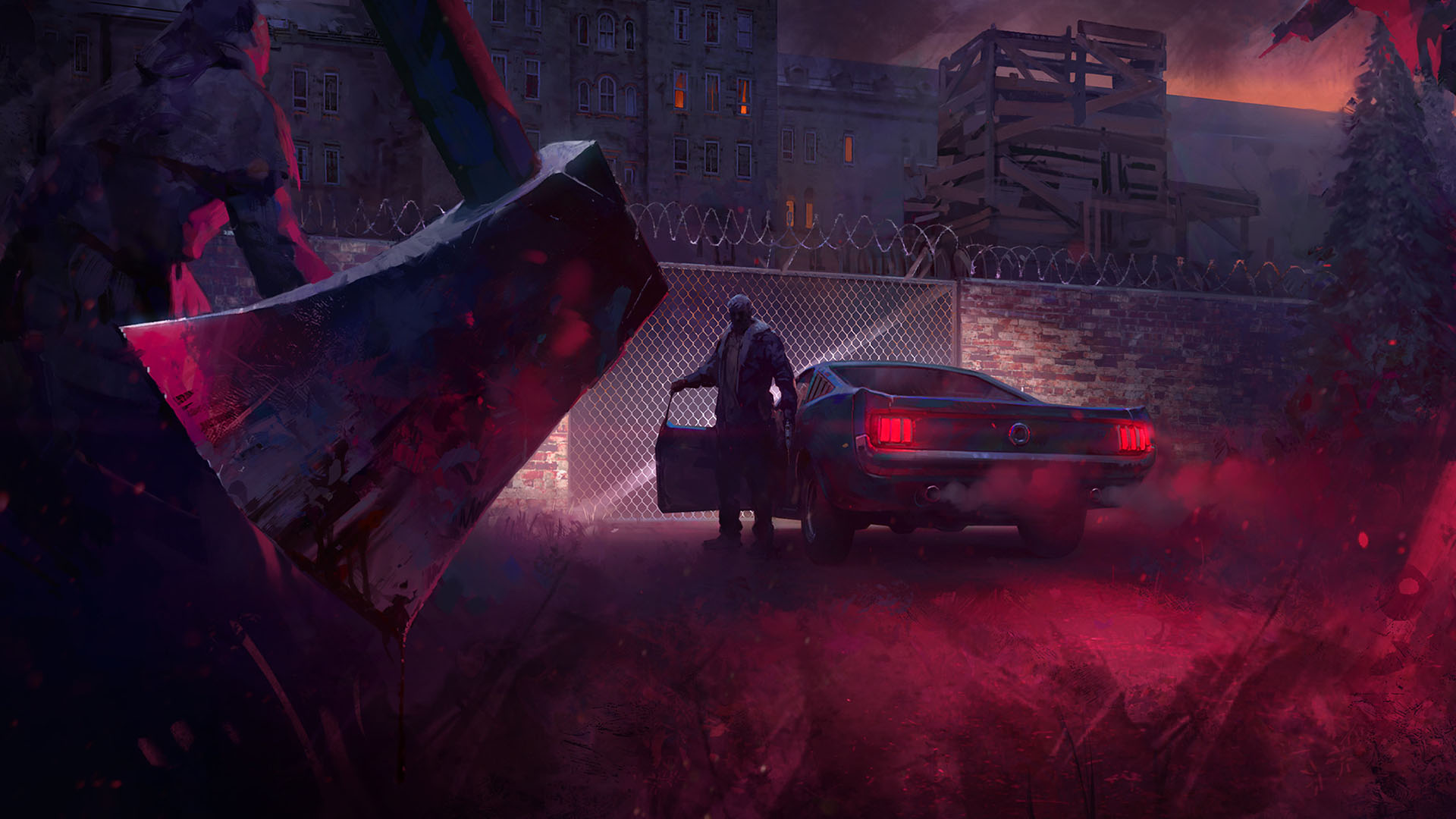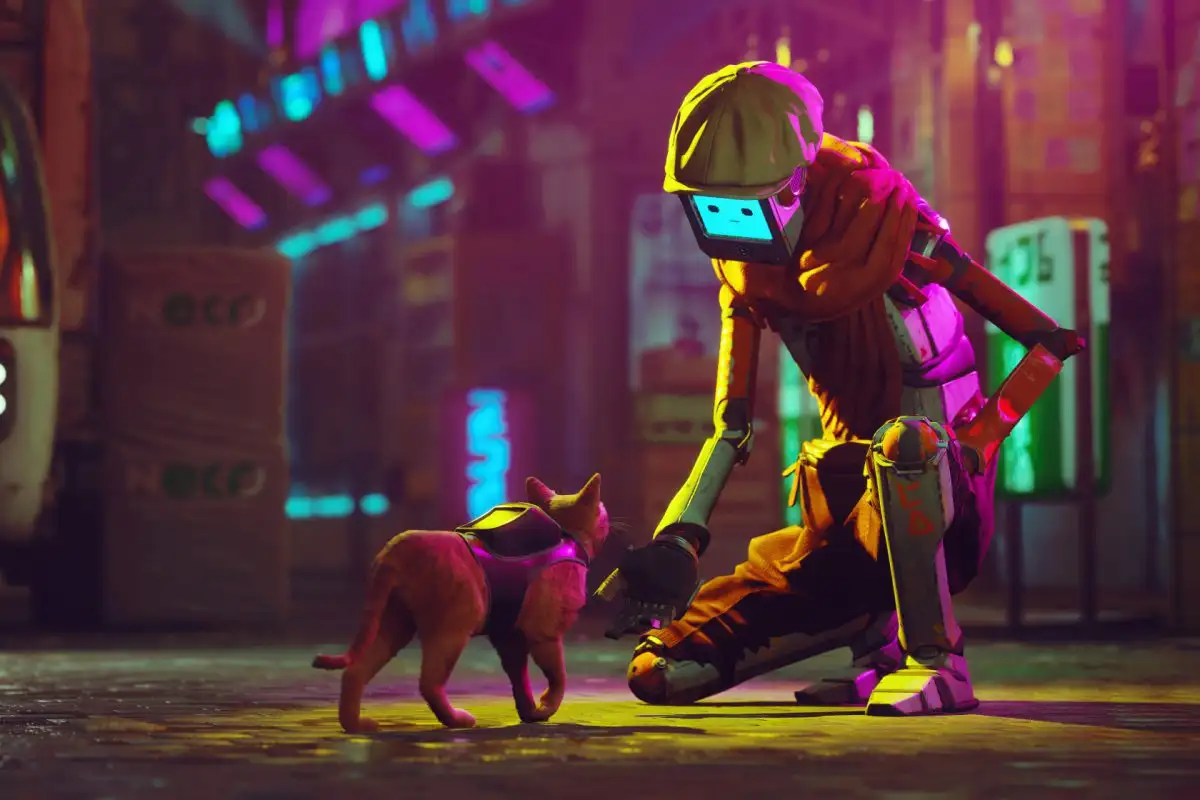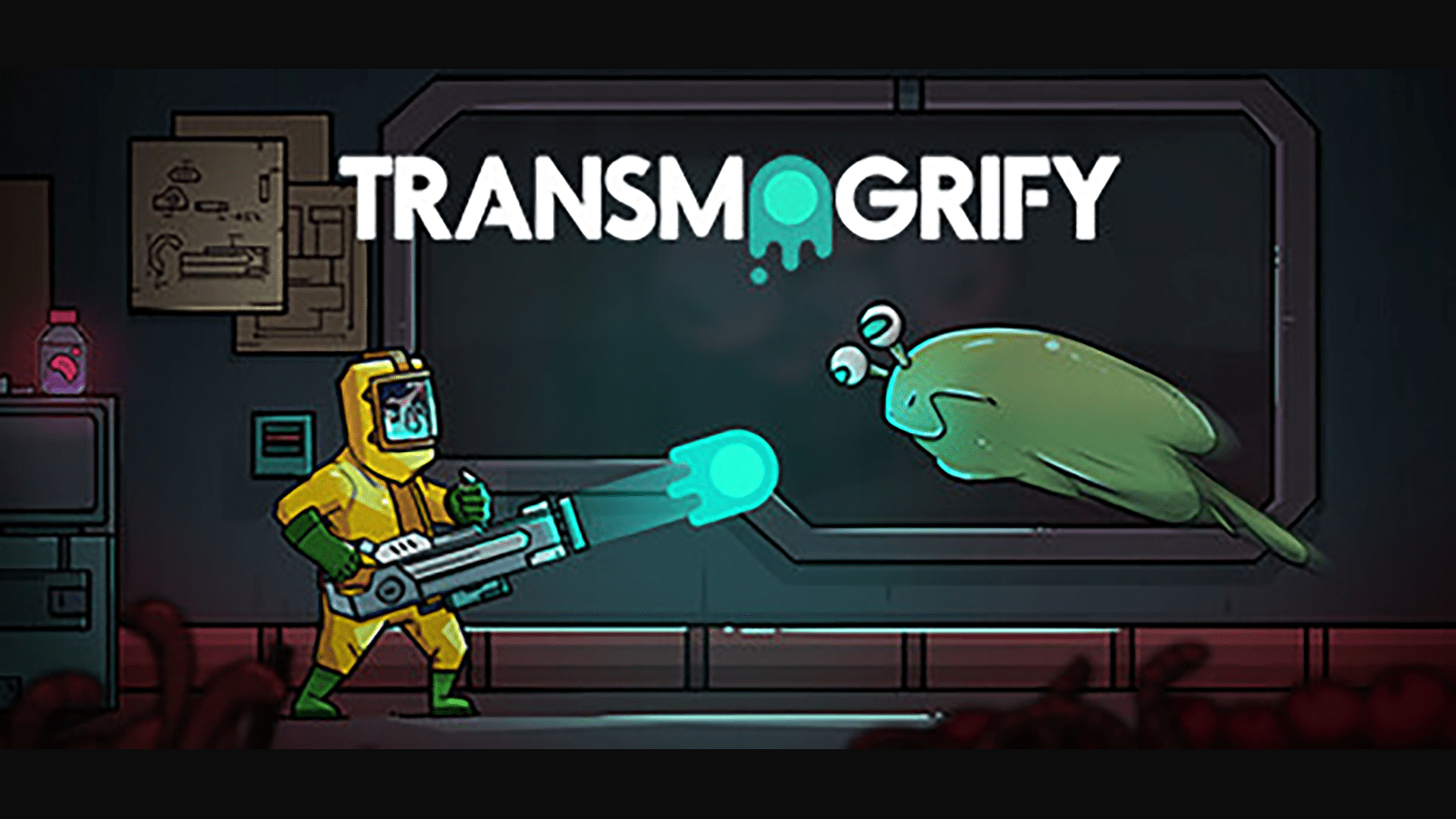It was International Museum Day yesterday, and whilst it’s nice to celebrate an event like this by visiting your local museum, it’s always sad to see that little to no museums feature the newest and most exciting artistic medium we as a species have created, video games. Outside of a few small independent museums and temporary showcases at places like the V&A, video games are largely given the short end of the stick compared to things like Movies, Plays and traditional art. But what if things were different? What if we lived in a world where video games and gaming museums were respected in the same way film and art museums are. Perhaps that day will come soon, and if it does, we think it’s important to include Indies in that exhibit.
There’s enough love for Portal and Doom, so we wanted to make a list of the indie games that we think should get the recognition, should we ever get the chance to choose the indie games that belong in a museum:
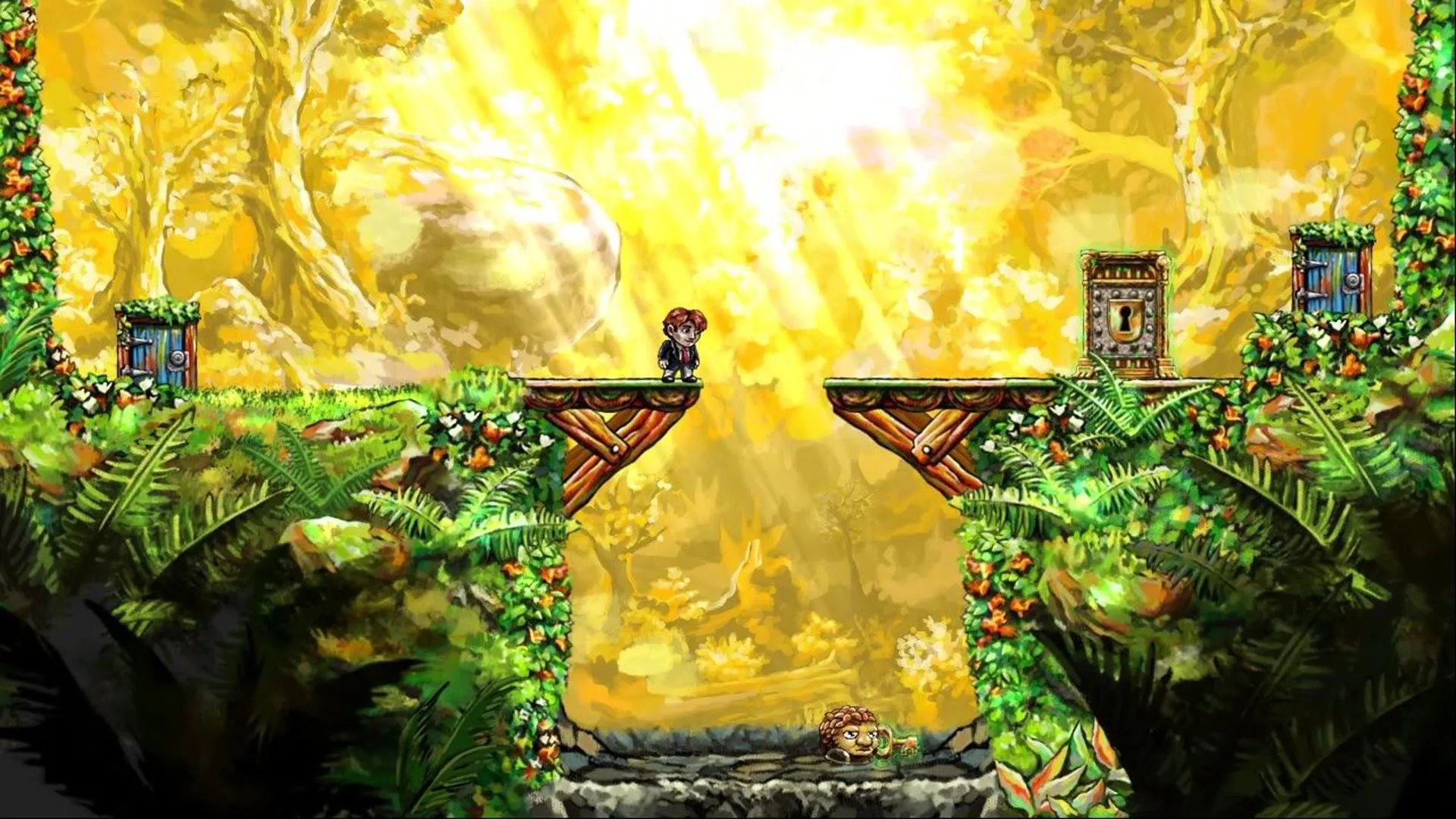
Braid (the father of the indie puzzle platformer)
In 2005 the Xbox Live Arcade was launched, this will become important shortly. It’s hard to imagine the indie space now without the huge amounts of puzzle platformers that release each year, but way back in the far-gone time of 2008 that was the case, this was still in the early days of the indie community. It wasn’t until 2007 that Xbox Live Arcade started really bringing out the big indie talents by giving us games like Castle Crashers and, more pertinently, Braid. An important thing to note about Braid is that, in the overview given about the game on Wikipedia, it states that ‘Braid is considered by critics as one of the greatest video games of all time.’
This puzzle-platformer was originally intended as a critique of some of the trends the creator saw in game development at the time. David Hellman, a relatively well-known webcomic artist of the time, helped create all of the game’s artwork, and is largely responsible for the game’s distinctive look. The game has you attempt to rescue a princess from a monster, but over the course of the game you discover that this is not the only story going on, and things change and go in directions you may not expect. The big gameplay pull of the game is the time-manipulation abilities of the protagonist, which allow you to progress through levels and put together jigsaw puzzles.
It just so happens that Braid is meant to be receiving an Anniversary Edition this year, and it will be an interesting one to revisit, as its influence spanned the whole of the next decade. From the likes of Fez, to Limbo and Inside, to even things like World of Goo; this game is really the father of one of the central genres to the entire Indie space.
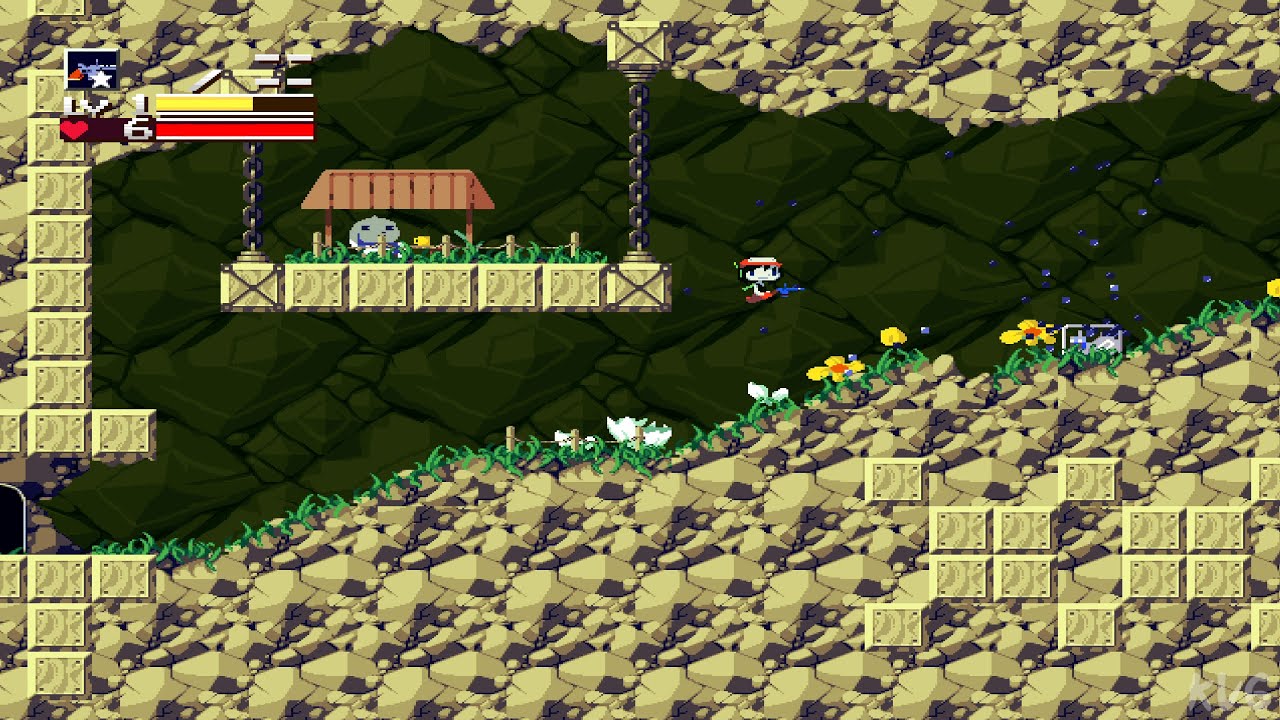
Cave Story (the original)
Unlike Braid, of which the style of ‘gimmick puzzle platformers’ is starting to get old, this game embodies much of what so much of the indie space is built on. With elements from classic games that the dev was a fan of, to the simplicity that still has the passion to pull through. Often considered the original indie game, this metroidvania was developed by one person over the course of five years in their free time, and to this day it is enjoyed by many thanks to a popular remake and the immutable power of word-of-mouth. It received widespread critical acclaim for many polished aspects of its design, such as its compelling characters, setting, story, and gameplay. This game had a massive impact on the gaming world, a game this polished and engaging developed by one person directly inspired a huge amount of where the indie space went in future.
Cave Story gained its status as a trend-setter by becoming the first game in a decade to rival games coming out of major studios, despite being made by just one person. It’s also often cited as the most internationally successful japanese indie game, and has contributed to the resurgence of the metroidvania genre. Without this game we likely wouldn’t have ever got a lot of the games we saw in the next few years; from the aforementioned Braid to Shovel Knight, Fez and even Mega Man 11.
Cave story creates a direct line to so many games, titles like Spelunky wear it’s influence on its sleeve, whilst Super Meat Boy and Cuphead strip the metroidvania and focus on the action. Titles like The Binding of Isaac even claim inspiration from this game, with the focus this time being put on the exploration.
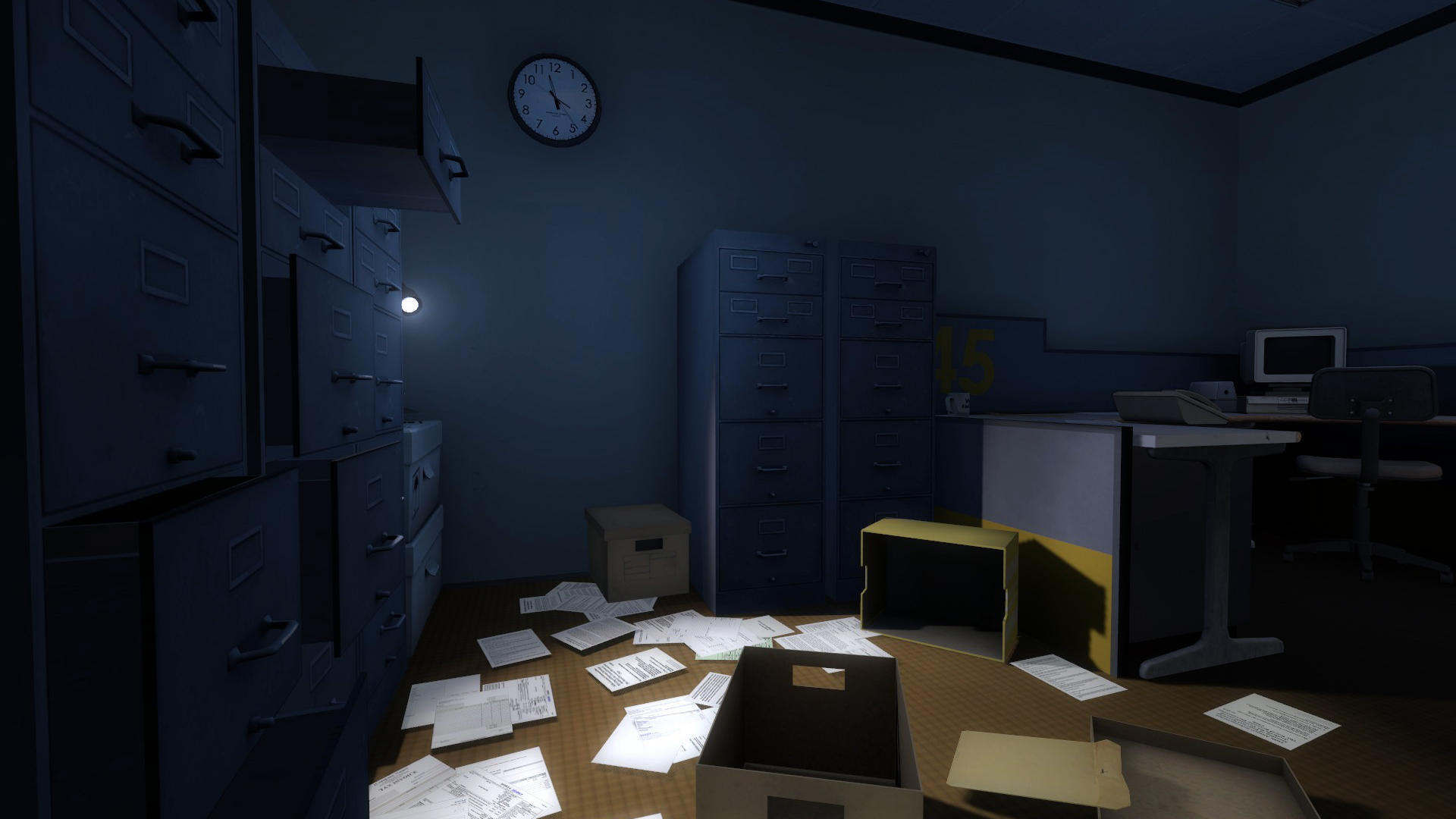
The Stanley Parable (the story of a man named Stanley)
So, it’s no secret that I love this game, having reviewed it not once but twice for this website. The Stanley Parable is very free. There’s a million ways (rounded up from nineteen) to finish the game and it’s all done without a single combat scenario or dialogue tree. A lot of games try to create a feeling of freedom through giving you lots of options for how you can approach combat scenarios, some games just let you paint or some games let you use a level creator but I think the Stanley Parable’s approach to freedom is through passivity, the architecture of human nature and decision making. It’s a unique way of telling a story, even more than half a decade later, and since the release of this game there have been many that have attempted to emulate its approach. However they fail to have that feeling of exploration, discovery and freedom that the Stanley Parable is so good at achieving. Even the creator’s culture work, like The Beginner’s Guide, feels so much more linear and, as I said earlier, like an experience more than a game. Overall, The Stanley Parable is a wholly unique and inspiring experience which has had a tangible and lasting impact on the games industry. This is also a great example of a very important element of the Indie Gaming community, as this is a game that started out as a mod, and soon evolved into considerably more.
The Stanley Parable is a great example of two very important facets of the indie space, narrative and metanarrative. Narrative games, the likes of Gone Home and Firewatch, have long been big parts of the indie sphere, evolving out of visual novels, but in recent years this has evolved to an exploration beyond what is happening in the world of the game, beyond the screen, to a meta exploration of games and certain genres in and as a medium. These can include the likes of Doki Doki Literature Club or the games of Daniel Mullins; Inscryption and The Hex.
Also Read
Transmogrify PC Review: The Best Way To Defeat An Enemy
A video game protagonist wakes up in an on-fire science lab with nothing but an AI and a high-tech gun to…
Defy the Gods as a Witchy Moon Goddess in Hades 2
Greek-mythology-themed roguelike Hades is getting a sequel, but developer Supergiant has kept the details scant beyond a Hades 2 reveal trailer…
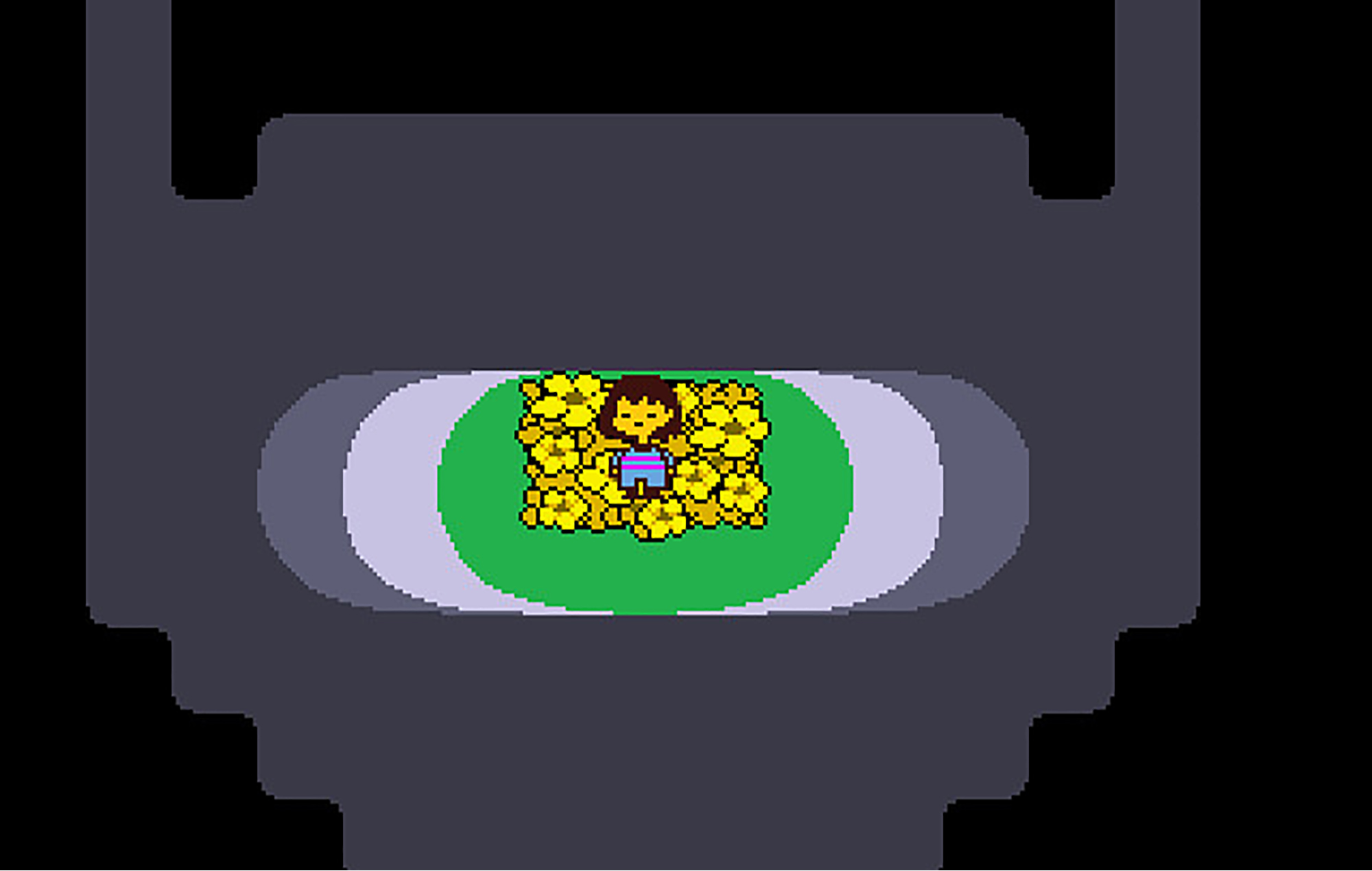
Undertale (the amalgam)
‘Despite everything, it’s still you.’ Much like how Cave Story’s gameplay feels like a combination of old and new styles of retro gameplay, Undertale feels like a mix of old and new indie development staples. Like the indies of old, Undertale was developed and published by just one person, but it was funded on Kickstarter, and like the older indie games it was a critique of how games were developed at the time, yet the story and writing feels fresh and modern.. Undertale was and is a bona-fide cult sensation, taking inspiration from the likes of Moon, Mario & Luigi and particularly the Mother series, it’s a game that has once again changed the way we see Indie games as a group. Featuring deceptively simple visuals, astounding music and gameplay that appears so much more basic and retro than it is. Undertale is so much more than meets the eye, with writing and characters that have captured a generation, and gameplay that has directly impacted the next half a decade of indie game devs, this is easily one of the best and most influential games on this list. Games like Night in the Woods simply wouldn’t have been able to gain the popularity that they have without Undertale. And Undertale reflects the strength of narrative in indies expressed in titles like Gone Home, To The Moon, Firewatch and the Beginner’s Guide.
Undertale is, perhaps, the best game to put on this list, and I’ve featured it here at the end for a reason. In a lot of ways this game achieves a lot of what the previous games on this list go for. The puzzles of Braid, the narrative and meta elements of The Stanley Parable and the interesting combat of Cave Story, Undertale is a triumph and a success on every level. It even sees more success today with its currently releasing series of spiritual sequels; Deltarune.
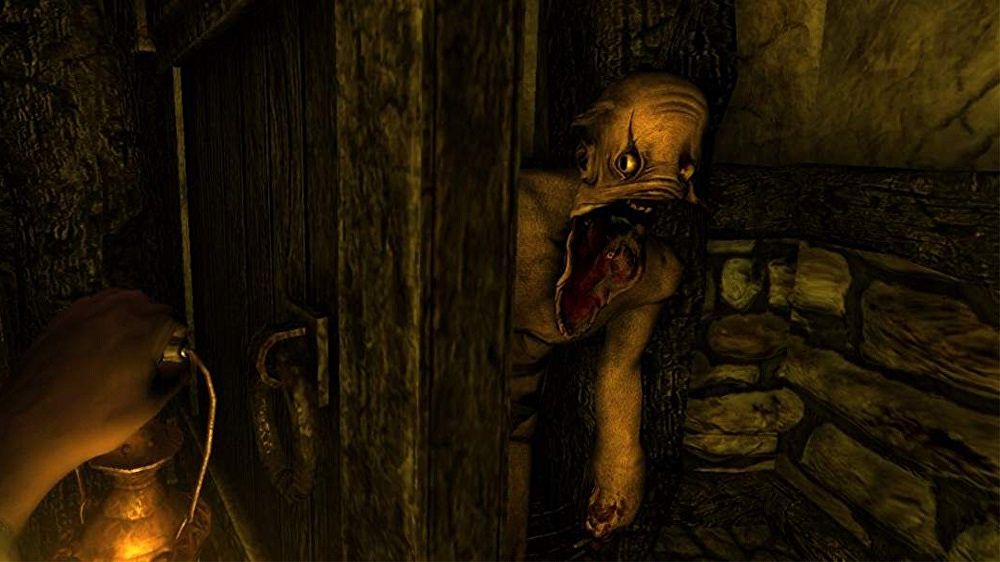
Honourable Mentions
Look, I had to put this section in here, there are simply too many fantastic Indies to whittle them down to five. I wanted to include some games that Didn’t make it onto this list but are well worth mentioning. First up, it’s worth mentioning games like Don’t Starve, it’s hard to pinpoint where survival games first took hold in the indie space, but games like this and The Forest are great anchor points for booming popularity. Speaking of The Forest; horror games are a huge part of the Indie space, as horror always is within the fringes of art. The obvious choice for horror is the game that arguably made let’s play videos viable and led to the rise of streaming; Amnesia: The dark descent. Other games have come close, like Outlast, but the effect Amnesia had on the world was really something else.
Well worth mentioning is Dwarf Fortress, a forerunner in Indie games, that lost to cave story on inclusion on this list, but is still worth mentioning for carving out the way for Indies to become a realised space. And on a final, and somewhat indulgent note, one of my personal favourite sub-genres is the twitchy game. Instant restarts, frame-perfect speed and interesting visuals. Games in this space include Hotline Miami, Superhot, Ghostrunner and, to a lesser extent; Katana Zero.
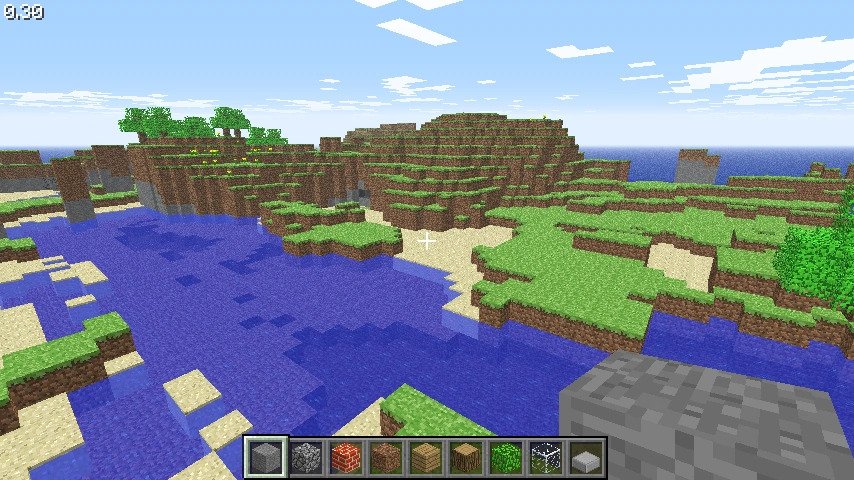
Minecraft (the blockbuster)
Ok, alright, I know what you’re thinking: ‘Minecraft is owned by Microsoft!’ Well, it wasn’t originally, it was originally made by just one guy, a guy who eventually became extremely problematic, but one guy nonetheless. Minecraft is, without a doubt, the most popular game ever made. Take your Tetris, Pac-man, Candy Crush, they can all go home. Across every console since PS3 and Xbox 360, every PC be it windows, mac or even browser, every mobile device that takes a touch input. Even handheld consoles have this game, and it pays off. Minecraft is the most watched game for live streams, it’s a game that strides across inter-generational boundaries in its player base. The merchandising alone could probably fund a small nation for a decade. It is truly impossible to state exactly how monumentally popular Minecraft is. And whilst there is an argument to be made that minecraft shows how one man’s vision can be taken and made into a corporate monstrosity, this is not the place to do it.
I’ve been avoiding something for the entire duration of this article, there is a conversation I’m not having here about art vs impact. When it comes to the place of art in history, what we put in museums, it’s important to balance artistic strength and impact on the industry and society as a whole, the culture. Whilst all of the games on this list do embody that spirit, at least somewhat, Minecraft is such a fascinating case when it comes to this line of thought. Not only because it is a wholly player-creativity based game, highlighting the unique strength of video games, the direct viewer participation not previously possible within art, but how art can be indicative and harmful, not just through the corporate takeover of the game or the creator’s views and how they bleed into the work, but through the community the game nurtures, how there is so much good and creativity but also toxicity and oversaturation in the streaming and video sharing spaces. Minecraft is truly a cultural rosetta stone for the 2010s, and likely beyond, and it’s uniquely shaped online and games industry culture in ways no one can truly grasp.

Conclusion
Welcome to the Indie Game Fans showcase here at [REDACTED] museum, you wouldn’t believe how much it cost for this space. We’re here celebrating the only medium that puts you in the director’s chair, the only art form where you are the paintbrush. Please, enjoy your time at the exhibit, and spend as much time as you need enjoying the artefacts. Whether you see an art showcase, or a historical exhibition, we hope you have a great International Museum Day and get the chance to go display case diving this weekend!
If you want to see more like this, please go and read our history of Indie Games article, and be sure to check out our daily news updates to keep up with all of the most exciting titles in the indie space.

